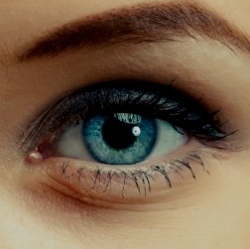
HyperCam, an affordable ‘hyperspectral’ (sees beyond the visible range) camera technology being developed by the University of Washington and Microsoft Research, may enable consumers of the future to use a cell phone to tell which piece of fruit is perfectly ripe or if a work of art is genuine.
The technology uses both visible and invisible near-infrared light to “see” beneath surfaces and capture unseen details. This type of camera, typically used in industrial applications, can cost between several thousand to tens of thousands of dollars.
In a paper presented at the UbiComp 2015 conference, the team detailed a hardware solution that costs roughly $800, or potentially as little as $50 to add to a mobile phone camera. It illuminates a scene with 17 different wavelengths and generates an image for each. They also developed intelligent software that easily finds “hidden” differences between what the hyperspectral camera captures and what can be seen with the naked eye.
In one test, the team took hyperspectral images of 10 different fruits, from strawberries to mangoes to avocados, over the course of a week. The HyperCam images predicted the relative ripeness of the fruits with 94 percent accuracy, compared with only 62 percent for a typical camera.
The HyperCam system was also able differentiate between hand images of users with 99 percent accuracy. That can aid in everything from gesture recognition to biometrics to distinguishing between two different people playing the same video game.
“It’s not there yet, but the way this hardware was built you can probably imagine putting it in a mobile phone,” said Shwetak Patel, Washington Research Foundation Endowed Professor of Computer Science & Engineering and Electrical Engineering at the UW.
